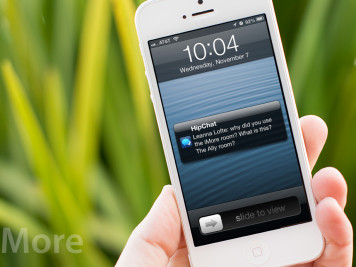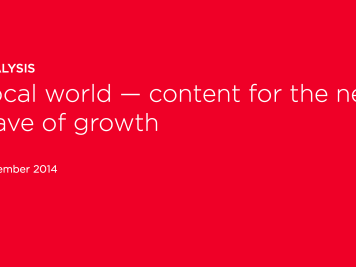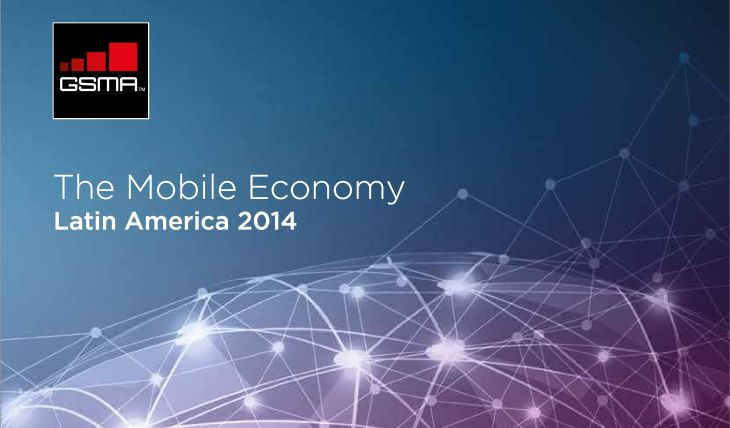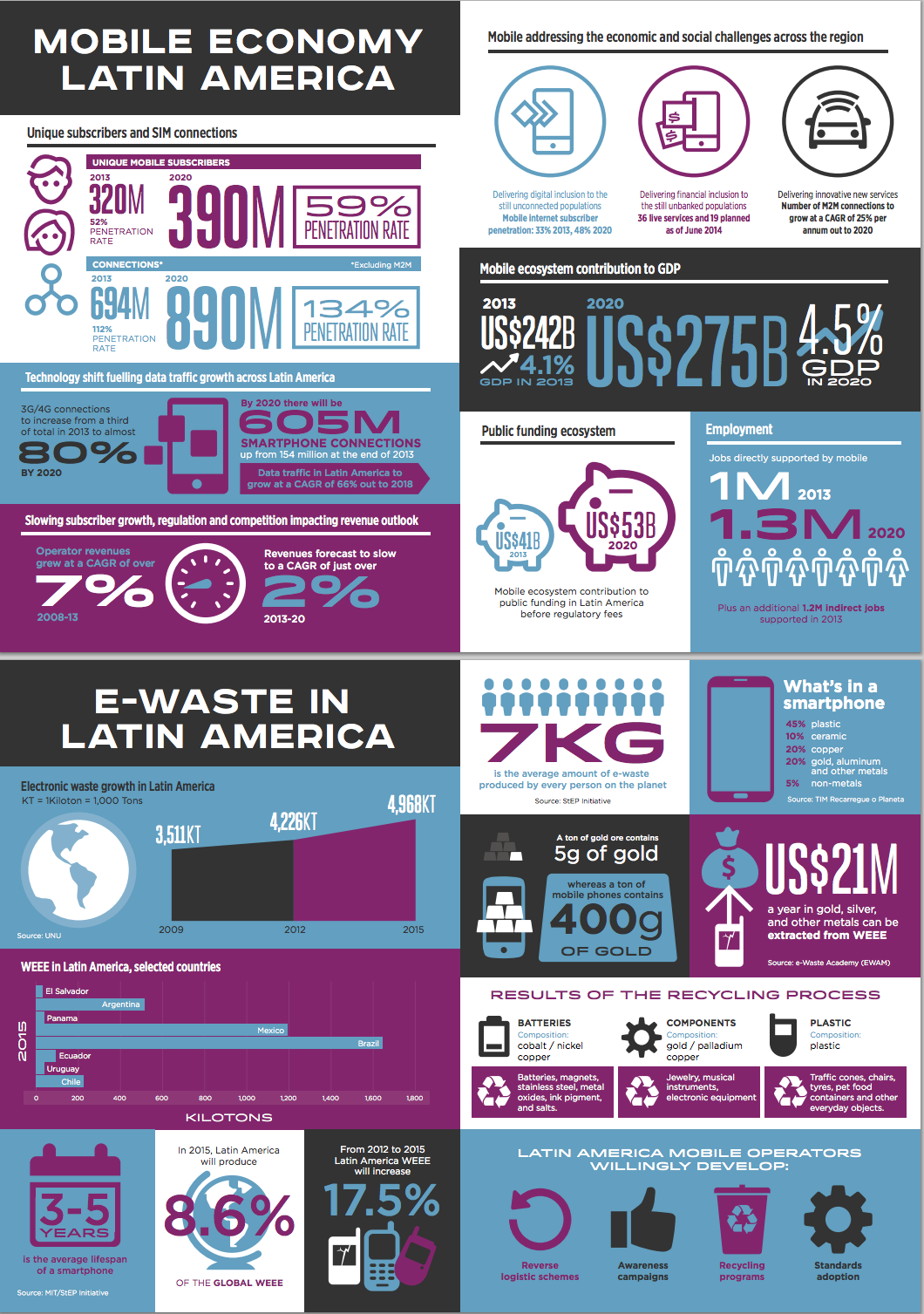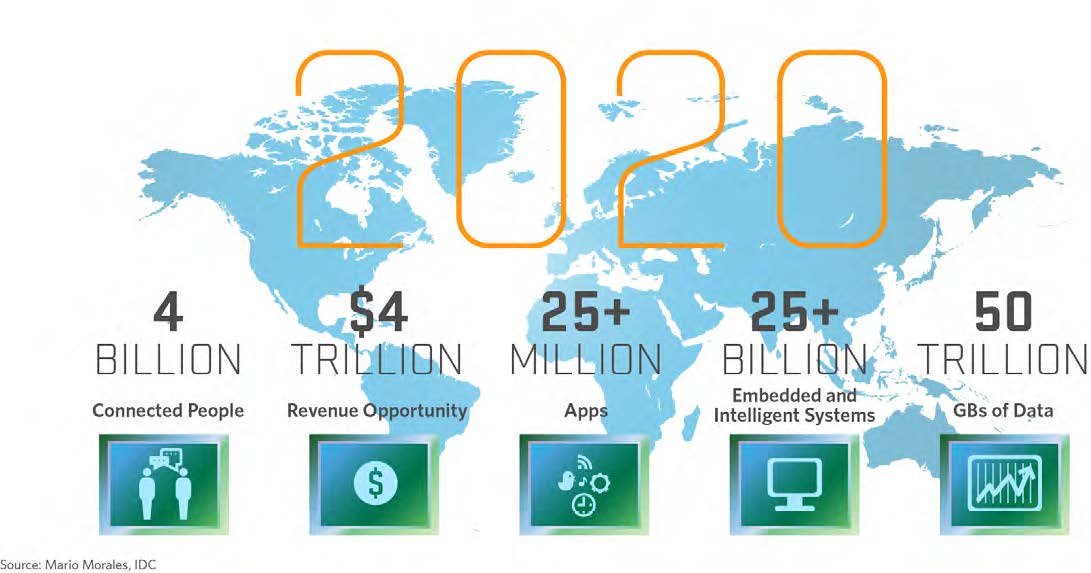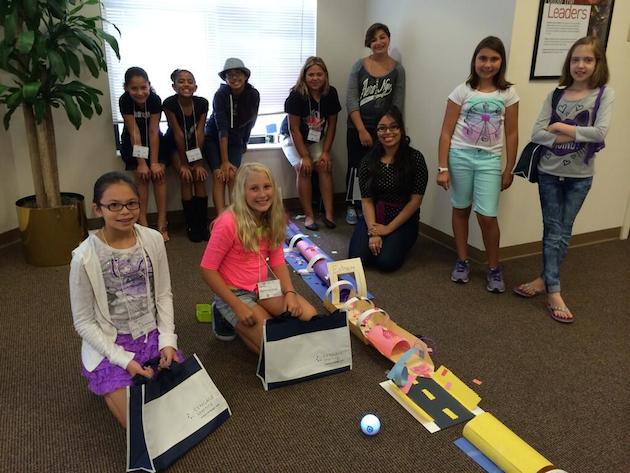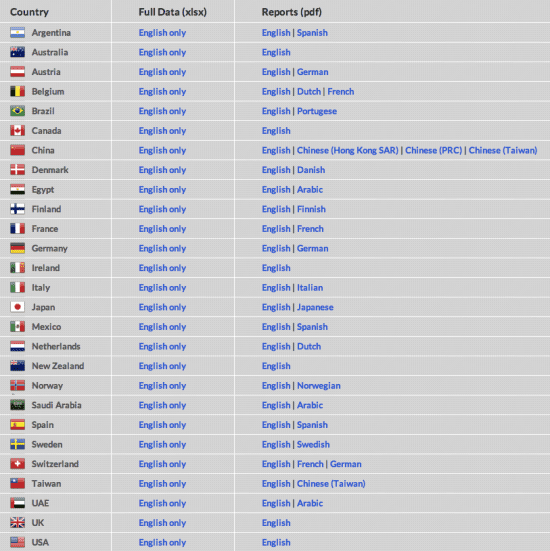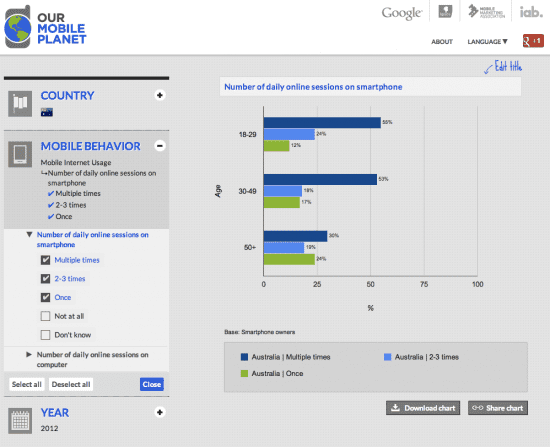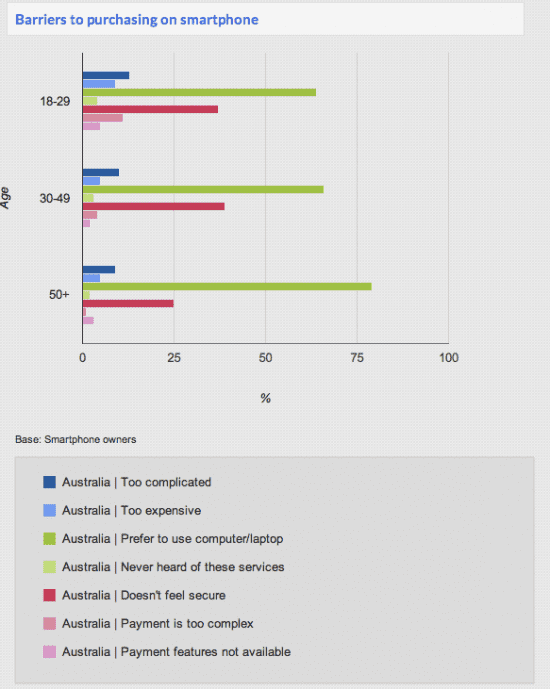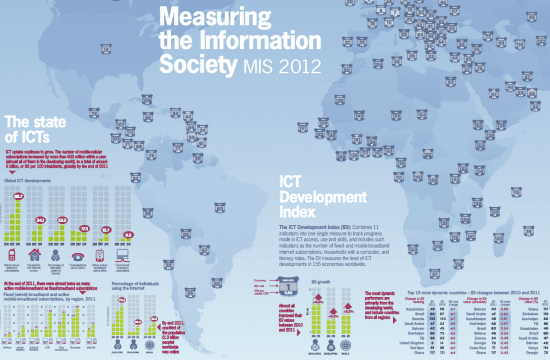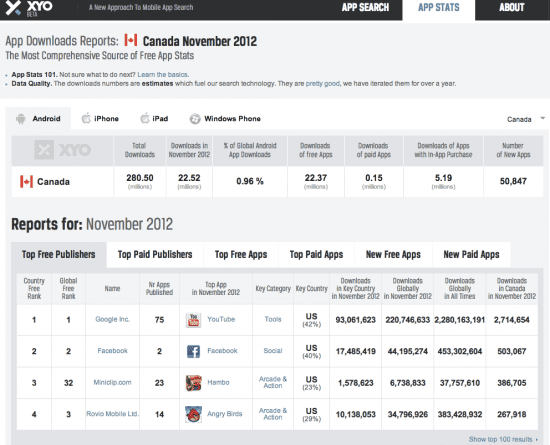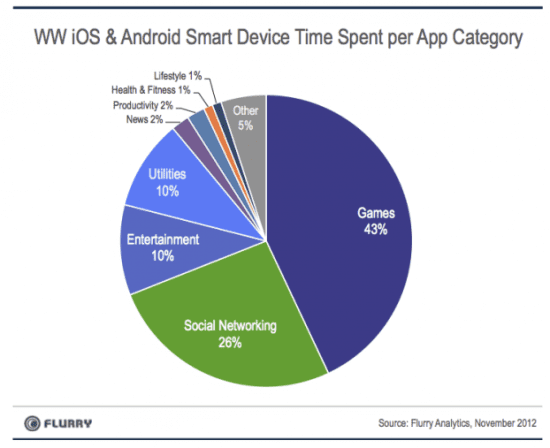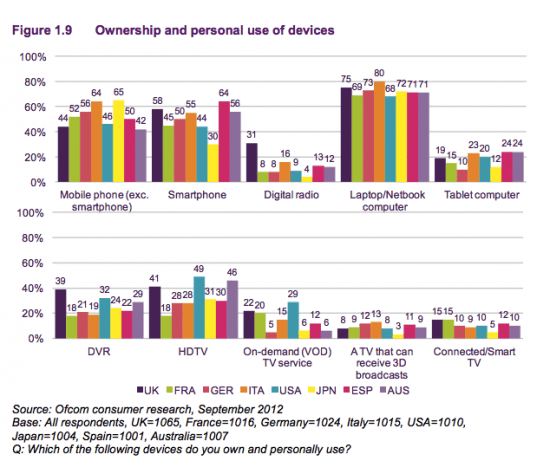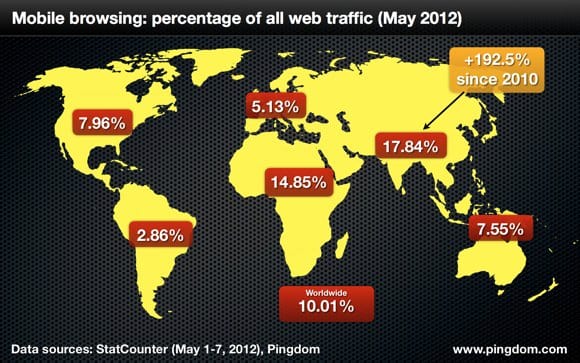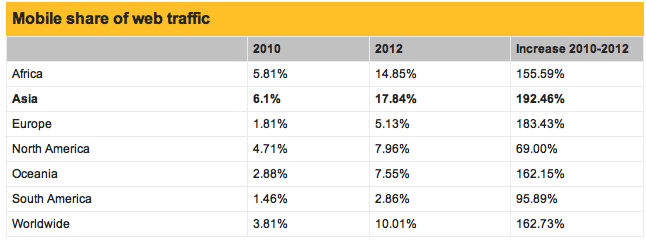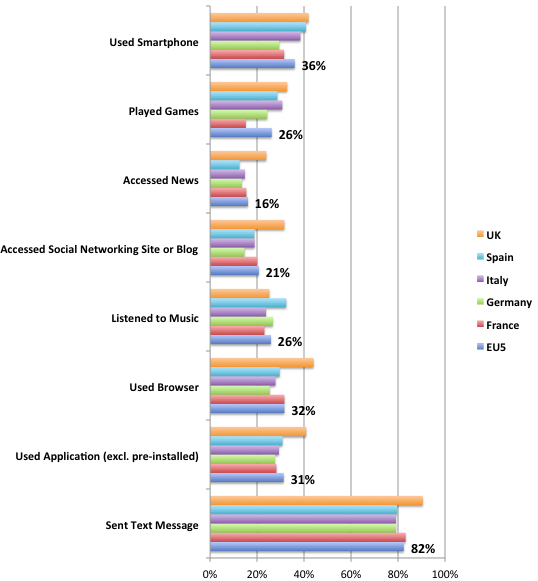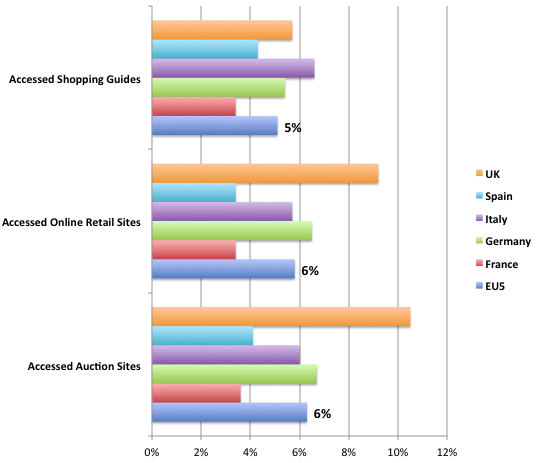From Microsoft to PayPal, it seems every day another business launches an incubator. Here’s what’s motivating them to get in the game.
These days, it seems, there’s an incubator for everything. In fact, the National Association of Business Incubators estimates there are some 1,250 of them operating in the United States. There are incubators for every race, gender, industry, and region in the country. Some incubators combine several requirements to narrow their niche even further, like La Cocina, a San Francisco-based incubator for low-income, minority women, who want to launch food business.
Now, even businesses are getting into the incubation business. Recently PayPalannounced it would be incubating companies at its new Boston offices. Earlier this month LinkedIn broke the news about [in]cubator, an internal incubator for LinkedIn employees. Microsoft’s launching a tech center in Rio de Janeiro. Google’s launchingone in Tel Aviv. Even smaller companies are doing it. This year, Tough Mudder launched an internal angel fund for employees who want to pursue a business idea, and the ad agency Ignited pays employees to take part in a business plan competition.
But unlike most incubators that aim for a monetary return on their investments, the businesses operating these incubators seem to have different motivations, entirely. Here are a few we came up with:
It’s R&D reinvented.
For some, the term «incubator» is more or less another word for «research and development.» The LinkedIn [in]cubator, for instance, will foster only those products and services that can benefit LinkedIn’s customers or employees in some way. Once a quarter, LinkedIn employees can pitch an idea about a potential product offering to the executive staff, including founder Reid Hoffman and CEO Jeff Weiner. If the idea is approved, the employee gets paired up with an executive mentor, and is allowed up to three months (if the progress is satisfactory, that is) to work solely on the project. So far, five projects out of 50 submissions have been approved. One of the most successful so far is go/book, a tool that changes how meetings get booked at LinkedIn.
According to Florina Grosskurth, who runs the company’s engineering programs, «LinkedIn sees [in]cubator projects as small investments that have the potential to become big wins for the company.»
It’s an acquisition primer.
For others, like the telecommunications giant Qualcomm, incubation is a strategic investment strategy for potential acquisition targets down the line. In May, Qualcomm partnered with an existing incubator called EvoNexus to launch a program called QualcommLabs@evonexus. The idea is for companies that are already incubating at EvoNexus to apply for up to $250,000 in funding and guidance from Qualcomm. So far, the company has doled out a total of $550,000, divided between three start-ups focused on the wireless and telecom space. «It’s a directed investment initiative,» says Liz Gasser, vice president of business operations at Qualcomm. «We’re encouraging growth in the segments we care about.»
It keeps ideas fresh.
PayPal’s incubator started off as a co-working space in PayPal’s Boston office, which was being underutilized. That experience, says David Chang, COO of PayPal media network, reminded the company how invigorating it is to work in a start-up environment. Now, the company is welcoming nine start-ups to its new offices in Boston, where they’ll get access to PayPal executives and leads to PayPal’s vast network of investor contacts (hint hint). According to Chang, PayPal’s motivation is to reinvigorate a massive corporation with start-up sensibilities. He also says networking with so many bright young developers and their personal networks will be beneficial to recruiting. «We get to be really plugged in to these problems start-ups are solving. It’s great to be on the cutting edge, but not have your foot fully in,» Chang says. «The incubator, we hope, will keep us really sharp.»
It’s an employee perk.
Will Dean of Tough Mudder, an obstacle course company, is a culture junkie. The company is full of clubs, retreats, and traditions to keep employees on their feet and engaged. This year, Dean realized that a lot of the people work at start-ups because they have dreams of launching their own businesses one day. He decided it’s better for the company culture to help those would-be entrepreneurs along, rather than forcing them to work in secret. So this year, Dean and his co-founder Guy Livingstone set up a $2 million angel fund to invest in employee ideas. This summer, the company launched an internal business plan competition to encourage employees to pitch new business ideas, even if they weren’t considering it before.
Unlike [in]cubator, Dean says he hopes many of the companies Tough Mudder invests in will be able to stand on their own someday. «A lot of people came here to work out of business school and wanted an entrepreneurial experience. We said, ‘We want you, and it’s completely fine to stay for two years,'» he says. «We’re an entrepreneurial company, and I think it’d be great if we could have our own alumni community of successful entrepreneurs like, PayPal does.»
It’s a licensing pipeline.
Through Procter & Gamble’s Connect+Develop program, entrepreneurs can pitch a product and develop it under P&G’s supervision, leveraging their equipment, contacts, and expertise. For a lucky few entrepreneurs, this program is a direct path to commercializing a product, as P&G regularly mines its Connect+Develop portfolio for potential licensing agreements. In fact, more than 50% of P&G’s new products have come from collaborations with external partners. The Connect+Develop program is responsible for the birth of products like Glad ForceFlex bags, Mr. Clean Magic Eraser, Swiffer Dusters, and Tide PODS. As Lisa Popyk, a spokesperson at P&G, put it, «Connect and develop continues to deliver winning results because it’s rooted in, and continues to develop from, the core belief that together we can do more than any of us can alone.»





